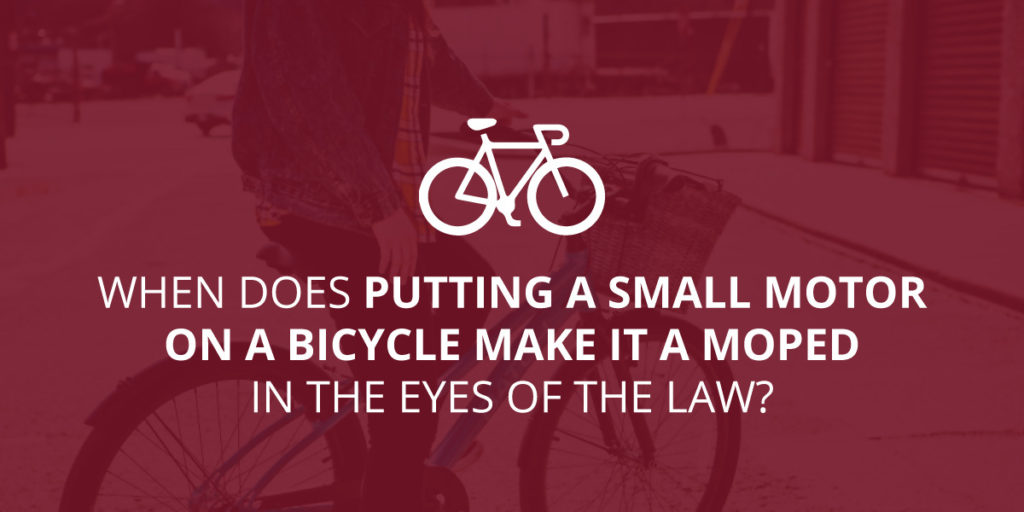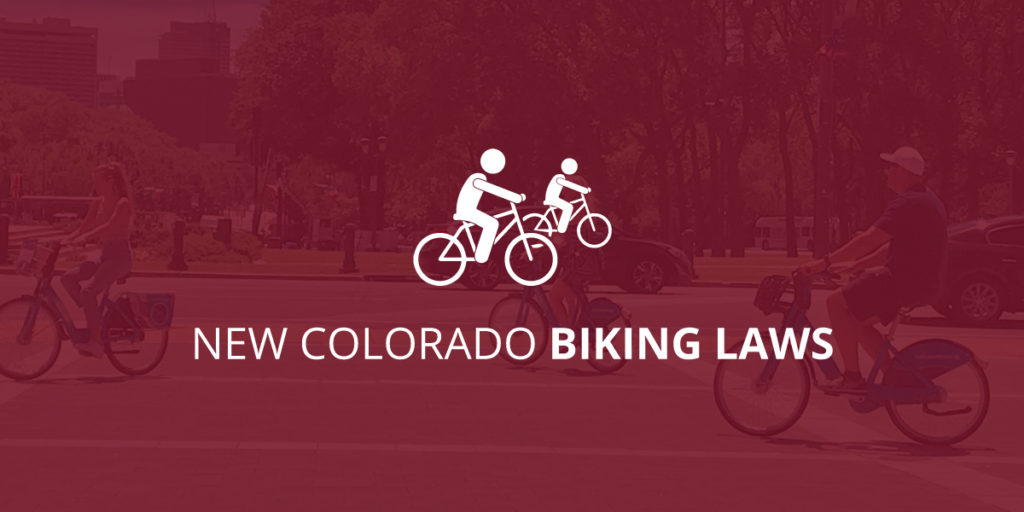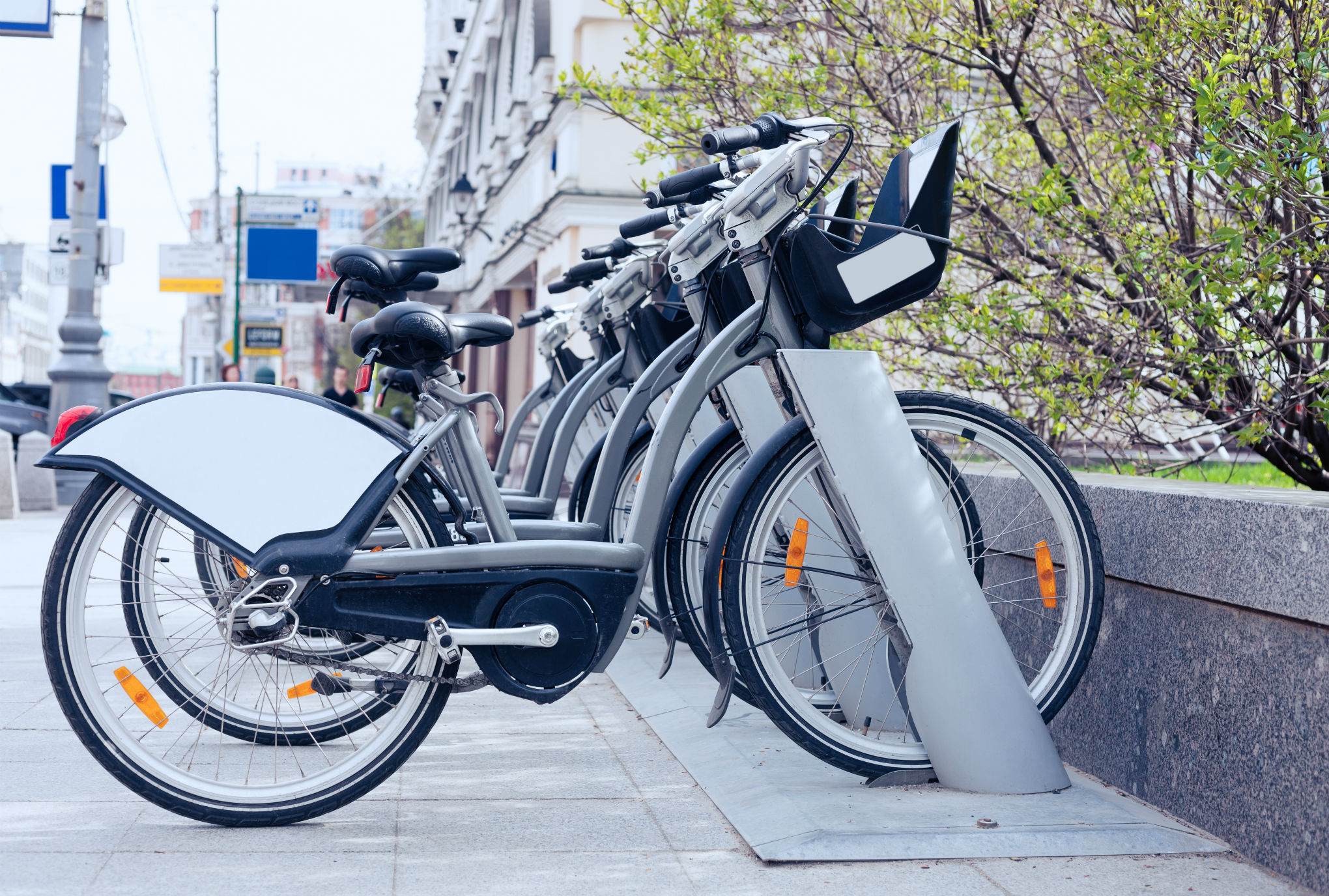At Donaldson Law, LLC, our bicycle accident attorneys in Denver know that across the country last year, 938 bicyclists were killed in traffic collisions, according to the National Highway Traffic Safety Administration (NHTSA) — 20 of those fatalities occurred in Colorado.
The NHTSA reports bicyclist deaths are highest during the summer months between June and September, and that nearly three-quarters of all bicyclist deaths occur in urban areas.
With just a couple more months of bicycle-riding weather ahead of us, we believe for everyone to share the roads safely, all parties can benefit from being informed about the regulations dictating how pedestrians, bicyclists, and motorists are expected to interact when they encounter each other in traffic.
Here is what everyone sharing our roadways needs to know about our new Colorado Safety Stop law, and how it can help keep our cities safer.
What is the Colorado Safety Stop Law?
Before our Colorado Governor, Jared Polis, signed the Colorado Safety Stop into law, bicyclists riding in traffic were required to obey the same traffic rules as motorists.
Now, under the new law, bicyclists 15 years or older — or younger bicyclists who are riding with an adult — are allowed to treat stop signs as yield signs and red stop lights as stop signs when no oncoming traffic or pedestrians are present.
After stopping, bicyclists can proceed through the intersection or turn right before the light turns green. They are also able to turn left when one-way streets allow for left turns.
Specific traffic lights or signs prohibiting the newly legalized measures are not subject to the rules of the new law.
How Does the Colorado Safety Stop Law Help Make Our Roads Safer?
Proponents of the new law are confident it will make the roads safer for both drivers and bicyclists by reducing traffic congestion and providing greater visibility for the riders to be seen.
Additionally, research has shown that similar laws enacted in other states have minimized potential hazards for vehicles and bikes at intersections, leading to fewer collisions and property damage.
Unfortunately, when negligence is a factor on our roadways, regardless of new or existing laws, no one is safe.
If you have been injured in a bicycle accident caused by negligence in Colorado, contact our skilled personal injury lawyers in Denver at Donaldson Law, LLC by calling (720) 458-5000 or contact us online to schedule a free confidential consultation to discuss your case.





 Bike share programs are expanding in the Denver region and across the U.S. for a number of reasons. Not everyone can afford a bike of their own, particularly students. Sturdy and durable bikes can be pricey, not to mention the maintenance they require. Also, not everyone wants to consistently travel by bike. Many people enjoy a leisurely or quick bike ride, yet have no interest in cycling to and from work every day. For these reasons and more, it is becoming much more common to rent a bike for a brief period of time from a local bike library or a nationwide bike sharing program. Along with this rising use of bike shares, it has become even more important for people to understand bike safety.
Bike share programs are expanding in the Denver region and across the U.S. for a number of reasons. Not everyone can afford a bike of their own, particularly students. Sturdy and durable bikes can be pricey, not to mention the maintenance they require. Also, not everyone wants to consistently travel by bike. Many people enjoy a leisurely or quick bike ride, yet have no interest in cycling to and from work every day. For these reasons and more, it is becoming much more common to rent a bike for a brief period of time from a local bike library or a nationwide bike sharing program. Along with this rising use of bike shares, it has become even more important for people to understand bike safety.